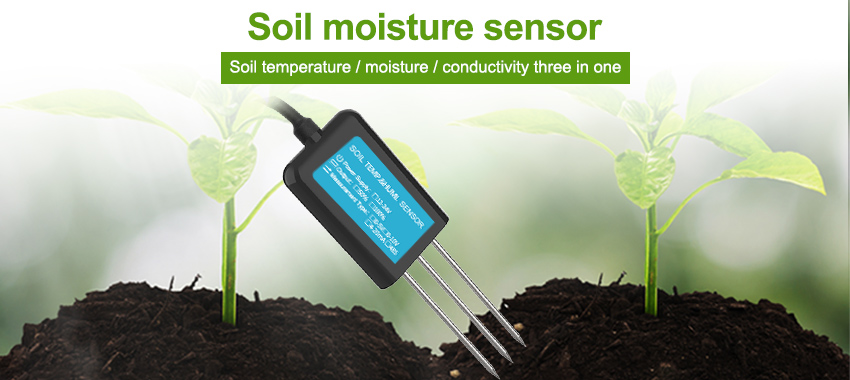JXCT&Soil water detector
Soil water detector measure the amount of water in the soil and can also estimate the amount of water stored in the soil layer. Soil water detectors do not measure water in the soil directly. Instead, they measure changes in some other soil property that is related to water content in a predictable way. Each sensor manufacturer uses different technologies to measure soil moisture content.

For a soil sensor to work, no matter the type, it must make contact with the soil. When we put the soil sensor probe into the soil, there is no gap between the probe and the soil, the highest accuracy will be achieved.
Our soil moisture detectors measure moisture content using time domain transmission measurements. The higher the moisture content around the probe, the slower the signal will travel.
TDR soil water detector can provide higher accuracy and lower power consumption. Another advantage of this method is the bandwidth of the measurement. The frequency domain reflection principle has higher bandwidth and is less susceptible to interference from the affected capacitance.
Another critical difference between soil moisture sensors types is the probe geometry and whether it measures a single point, multiple points, or continuously along the entire length of the probe. Point measurements are single-point soil moisture sensors, which means they measure a single location and depth.

Soil moisture profiling probes measure moisture content across a vertical soil profile, typically spanning a range of 30cm to 120cm. Most sensors usually consist of multiple single-point sensors housed in a slender housing. This type of sensor is quickly installed several points at a time.

Depending on whether the soil moisture sensor you choose is a point measurement or a profile soil sensor. It is important to know that readings will vary when placed at the same depth and position. The point probe will be measured at a specific depth where the profile averages the moisture content of each part of the probe evenly.